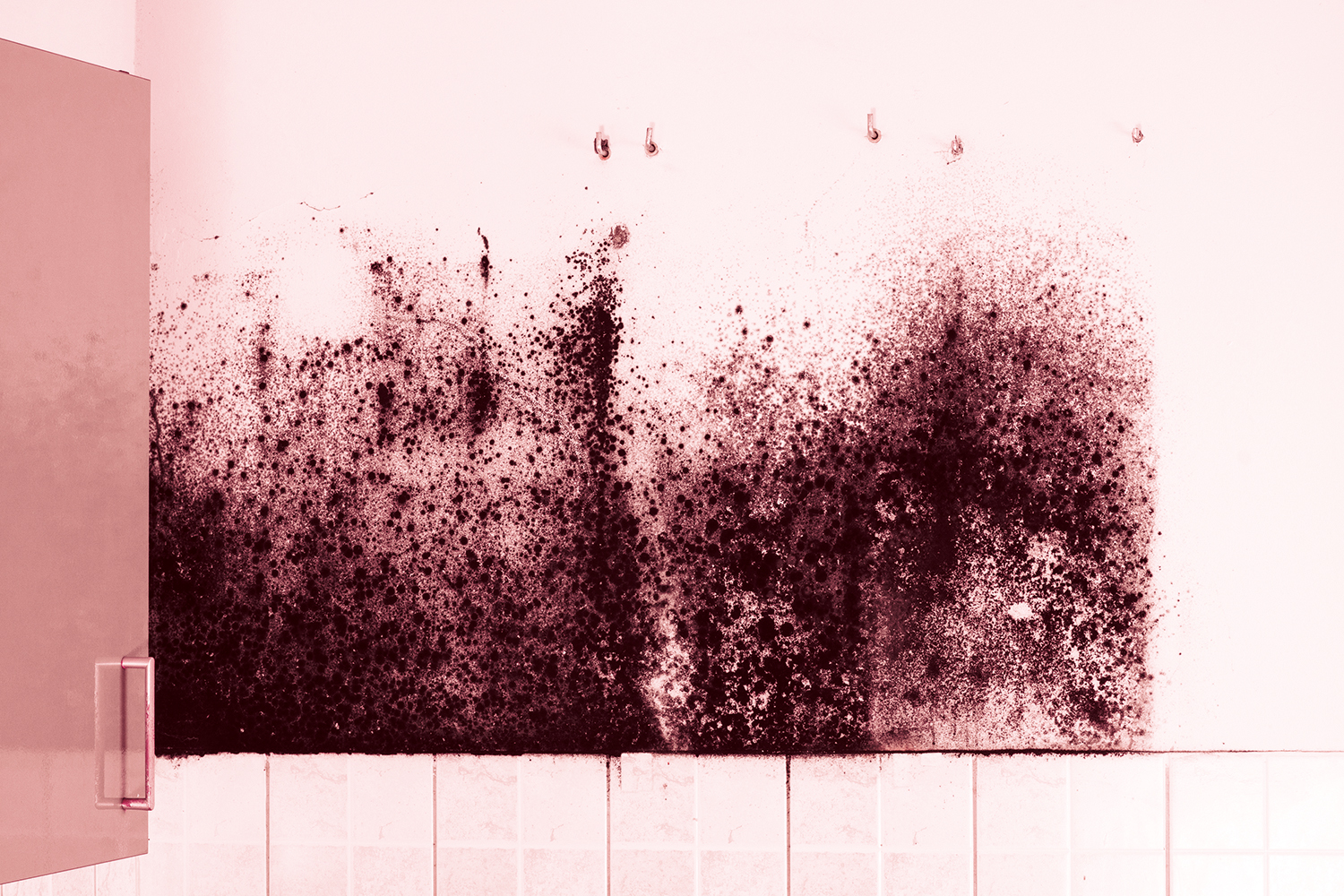
Chronic exposure to mould led to the tragic death of toddler Awaab Ishak. Steve Hodgson argues that tougher enforcement of Approved Document F is required.
The coroner in the tragic case of Awaab Ishak cited mould as a primary catalyst in the toddler’s avoidable death in Rochdale in 2020, in his report issued last November.
Anyone who deals with dampness in ‘low cost’ rental accommodation knows that the photographs released after the inquest are not unusual.
The HSE presides over regulations that seek to prevent employers, landowners and businesses risking workers’ safety. It has the power to investigate unsafe practices, deaths and injuries and instigate both civil and criminal prosecutions.
Why is there no such mechanism to protect tenants in their homes? Gas and electrical safety legislation rightly places legal responsibility on landlords, so why not dampness?
An early lesson from Grenfell Tower was that tenants need a voice and those who serve them need to listen and act on what they are being told.
A framework like that presided over by the HSE, which will hold people to account through criminal responsibility where their negligence has led to physical harm, is something that may come, but this is worthless without education. Every housing officer, landlord, surveyor and building professional should have the knowledge to at least understand the causes and implications of dampness.
Rise in dampness
Property Care Association (PCA) members have seen a significant rise in dampness affecting homes, and this is only set to get worse.
“There need to be more robust reporting structures, coupled with a culture of learning for housing professionals. We need empowered, technically competent professionals.”
With the right attitude, defects can always be explained, remedied and resolved. One of the most effective ways to address the issue is the installation of appropriate and efficient ventilation. However, regulations and guidance setting out minimum requirements in homes are routinely ignored and often misunderstood.
The current format of Approved Document F, which addresses ventilation in homes, does not get the attention it deserves. And it is not enforced to the same extent as other areas of the Building Regulations.
Over the years we’ve pressed for more robust Building Regulations to tackle the issue – and we will continue to make the case.
There need to be more robust reporting structures, coupled with a culture of learning for housing professionals. We need empowered, technically competent professionals who can deal with issues with mould, based on science rather than assumption and prejudgements.
There’s a need too for a focused approach to ventilation and air quality that benefits the health and wellbeing of residents while being alert to the cost of energy. These are simple strategies that would make considerable inroads in tackling the growing blight of mould and condensation for millions of tenants.
Steve Hodgson is chief executive of the Property Care Association.
Comments
Comments are closed.












Building regulation part F is not retrospective so properties built without do not have to have them.
Damp and mould are fully covered under the homes health & safety rating system and is enforceable by the local authority where these fail the decent homes standard, even if they are only registered as a complaint the LA must deal with the complaint.
This article ignores the wealth of Environmental Health legislation including the Housing Acts and Environmental Protection Act. Many buildings constructed before part F B. Regs.
It is a failing of Housing Officers, landlords, managing agents, possibly Environmental Health officers or out dated policies not to take action against social housing providers. All people responsible for the management and maintenance of rented property should take note of this legislation.
I worked in social housing as a repairs surveyor, many homes had poor ventilation and mould almost all the tenants were in fuel poverty. Our management team attitude was prove its the tenants fault and then we roll the dice if there is a legal claim.
I was almost disciplined for treating mould and improving ventilation.
Document F is all well and good for new build, we have very poor old housing stock with no incentives to improve the ventilation and insulation.
I left this profession after 10 years service in disgust
, I would never go back to social housing.
I do not believe, as your headline states, that it is a failing of Document F, but the failure in application and inspection/approval of the installations the responsibility of which must fall to the Contractors and Building Control officers. In addition, the ‘education’ of issues of condensation for occupants of all forms of tenured property is paramount.
This really does need serious attention as from experience the default position from many landlords is to blame the resident for the mould when this is simply not the case.
Perhaps the most effective method is to educate tenants / residents.
Whilst some origins of damp / mould are related to the building fabric, much can be done to mitigate the effects of the same through ventilation and heating management.
Education of tenants / residents is key in managing an existing situation.
B.R Part F covers passive ventilation, trickle vents, purge ventilation and mechanical ventilation which is sufficient to provide adequate measures to owner occupied properties. The problem is not mainly bad landlords, although there are some. Education of tenants in the proper use and need for adequate ventilation is sorely lacking.
Those experienced surveyors etc know all too well that no matter what facilities are fitted in any property, tenants for a number of reasons will not use them. This apple’s in the majority of cases even when tenants have been “educated” about such facilities I.e extract fans, window vents, TRV’s etc. Unfortunately due to the type tenants to which this apples, it appears politically incorrect to say this.
Dampness in homes comes from one of four sources: leaking structure; rising damp; leaking plumbing; human occupation and activity. In this tragic case, it is the latter. People perspire and breath out moisture vapour. When the air in the home becomes saturated, the moisture condenses on cold surfaces and in the walls at the Dew Point. This is the perfect conditions for the growth of mould. To prevent this situation, the rooms should be ventilated and preferably, the heating should be turned up (raising the temperature will increase the amount of water that can be held in the air and move the Dew Point). Turning the heating up and opening the windows is counter intuitive for many people, particularly for families on low income. The situation may also be exacerbated if wet laundry is dried indoors. So, although all landlords have a responsibility for ensuring their properties comply with Doc F, the problem is more about educating people in how to live to prevent their homes from becoming damp.